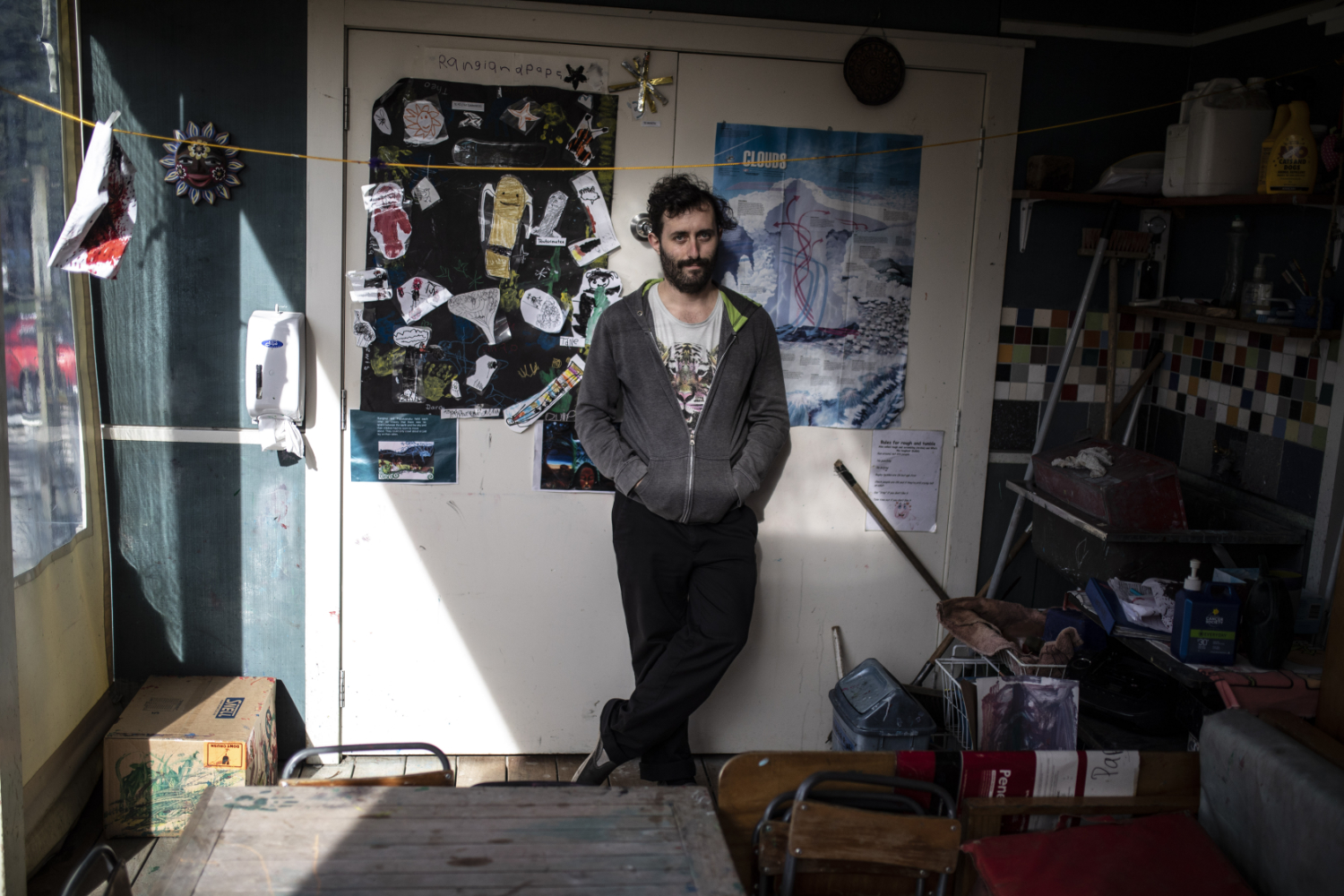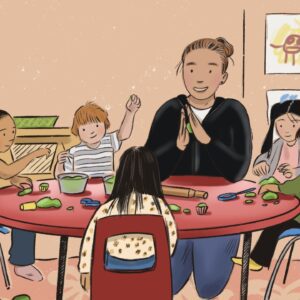Freed from the shackles of National Standards, new entrant and early childhood teachers are seizing opportunities in the revised Te Whāriki curricula.
Taupo kindergarten teacher Angela Palmer has decided to “put her money where her mouth is’’ and starts a job this term as a new entrant teacher.
“There’s been this perception that somehow a five year old will miraculously transfer overnight to school and be academically ready to focus on old-fashioned National Standards,’’ she says.
Her frustration at the gap between early childhood and new entrant programmes has led to the new job at Waipahihi School, which has a vision of ‘connected and curious learners’ – a vision that is embracing Te Whāriki for new entrants.

“I’m excited about the prospect of being able to teach in a way that’s meaningful and purposeful for these children,’’ says Palmer.
Parents can be fearful about transition and buy into the idea of getting the child ‘ready for school’, she says, “but it’s not the child who should be ready for school, it’s the school which should be ready for the child.’’
Palmer wears many hats. Up until this term, she was board chair at Waipahihi School, which her children attend, and she is the local NZEI branch chair, and is a recent member of NZEI’s early childhood national advisory group. She credits a very supportive husband and parents for keeping it all going.
She says research confirms that for new entrants ‘later is better’ when it comes to academic learning.
In high-performing school systems such as Finland’s, students don’t start formal schooling until age seven.
In high-performing school systems such as Finland’s, students don’t start formal schooling until age seven. Palmer says that a good teacher knows how to weave subject content with programme delivery for new entrants, including foundations for literacy and numeracy.
‘‘But it doesn’t have to be structured – it can be done right across the day in every context.’’
The end of National Standards gives teachers more space to innovate, and Palmer is not alone in her enthusiasm for Te Whāriki in schools: it appears to be an idea whose time has come. Throughout New Zealand, clusters, communities of learning, Facebook groups, projects funded by the Teacher-Led Innovation Fund and informal groupings are working to improve transitions through adopting Te Whāriki, or aspects of it, up to Year 2 and even beyond.
At Waikato University, Dr Sally Peters, who was part of the writing team that developed the revised Te Whāriki documents released last year, believes the new versions are well suited for weaving into the New Zealand Curriculum and Te Marautanga a Aotearoa.
“If you look at a well-resourced early childhood centre and a well-resourced new-entrants class, the resources are quite similar. The pedagogy doesn’t need to be different.”
“If you look at a well-resourced early childhood centre and a well-resourced new-entrants class, the resources are quite similar. The pedagogy doesn’t need to be different.”
Dr Sally Peters
Te Whāriki and Te Whāriki a te Kōhanga Reo are easier to adopt and implement, she says, because their related resources have been simplified and clarified. But she acknowledges that using both curricula can be a big commitment and professional development is ideal. She urges people to ‘find their network’ of local colleagues working on improved transitions.
At Paekakariki School on the Kapiti Coast, new entrant teacher Justine Ward belongs to a local cluster of new entrant and early childhood teachers: “It’s absolutely thriving. We mentor each other on curriculum development and curriculum delivery. We meet termly and there are many informal meetings as well – we pop into each other’s spaces, and it brings it all to life.’’
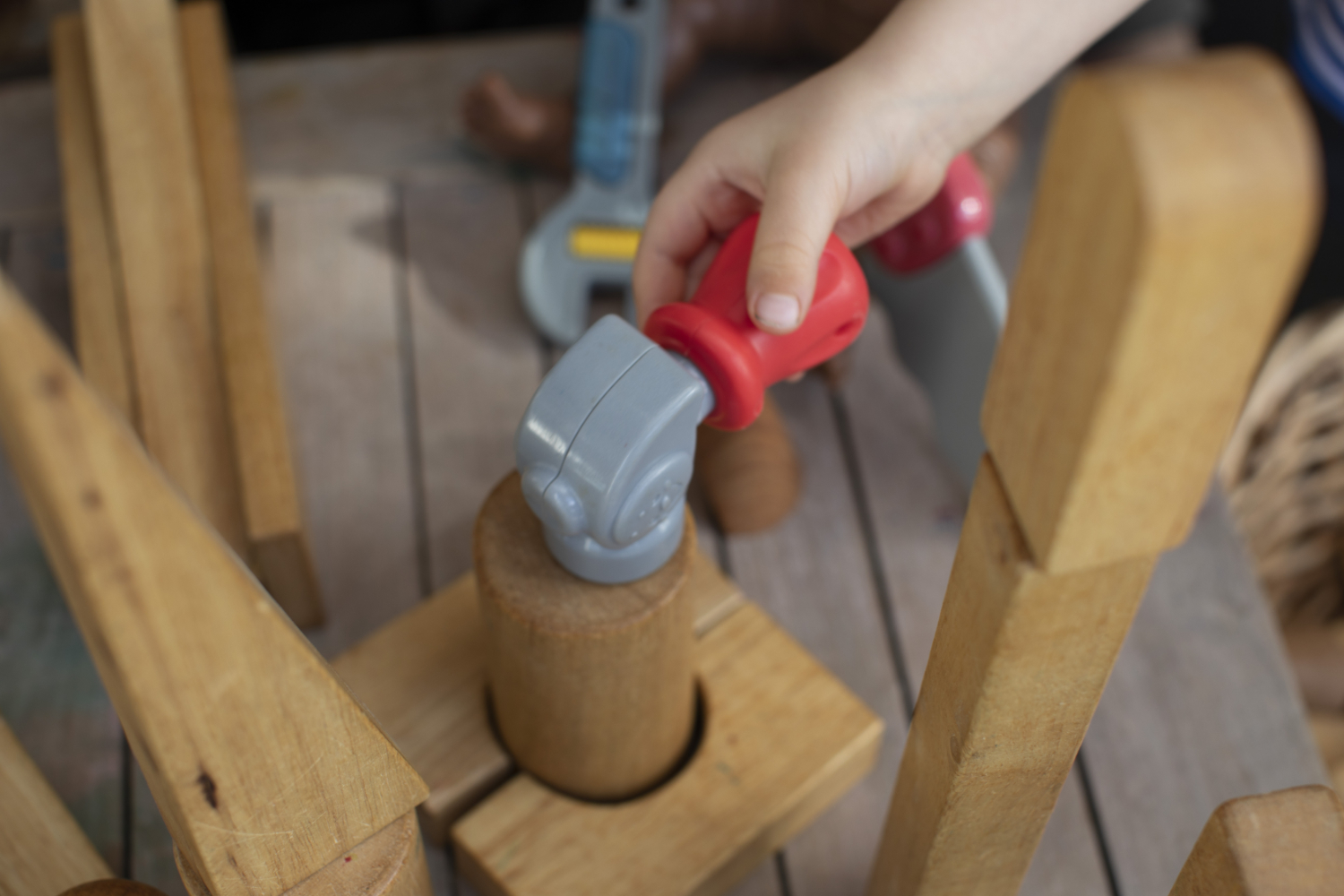
She’s passionate about how the child-centred aspects of Te Whāriki weave into the school’s curriculum.
“My job is to make my classroom the bridge [from early childhood to school].’’
Te Whāriki’s strands, in particular mana whenua (belonging) and mana aotūroa (exploration), have relevance throughout the whole school (with exploration being the foundation of science and technology learning), she adds. “They align with the school’s core values.’’
It’s a very exciting area to be working in, she says, but having the support of the board and principal is crucial. “Some people can find it quite scary.’’
Ward is also positive about Te Whāriki a te Kōhanga Reo, which is a separate, but complementary document devised for the needs of kōhanga rather than a straight translation of the English version.
Te Kōhanga Reo National Trust were unable to comment on Te Whāriki a te Kōhanga Reo due Treaty claim negotiations.
While enthusiasm levels are high the reality is still a sector struggling to emerge from a legacy of funding cuts and a hostile policy environment.
But while enthusiasm levels are high the reality is still a sector struggling to emerge from a legacy of funding cuts and a hostile policy environment. Emeritus Professor and an original Te Whāriki writer Helen May told an NZEI curricula hui early this year, ‘What we need now is resources to support its implementation [the revised Te Whāriki] and redressing of the quality infrastructures and cuts in the centre.’’
Te Whāriki resources are available on the TKI website, including recordings of 10 PLD webinars that support the rollout of the new curricula. Webinar Nine looks at pathways to school and kura.
Gender-neutral play wins international award
An Auckland centre’s use of the inquiry cycle to develop a gender-neutral curriculum has led to an international award.
Collectively Kids’ owner Marina Bachman and teacher Zane McCarthy flew out to Prague in June to receive the award and present their work to an OMEP conference.

“It started out being teacher-led about climate change – with the idea that we needed action to ensure a safe world for children coming through the service. This has attracted families for whom social justice and environmental issues are important,’’ says McCarthy.
Gender-neutrality flowed naturally from there and was explored as part of professional development, with Core Education, using the inquiry process to implement the revised Te Whāriki curriculum.
“It’s been about creating an environment that is free from gender stereotypes and assumptions; one that gives children the space to explore who they are,’’ says McCarthy.
It’s included looking at how resources are set up to promote different ways of playing – ways that allow both girls and boys the opportunities to engage in all kinds of play. Necklaces have been set up alongside dinosaurs and dolls have been introduced to the sandpit, which has led to different groups of children engaging in different ways.
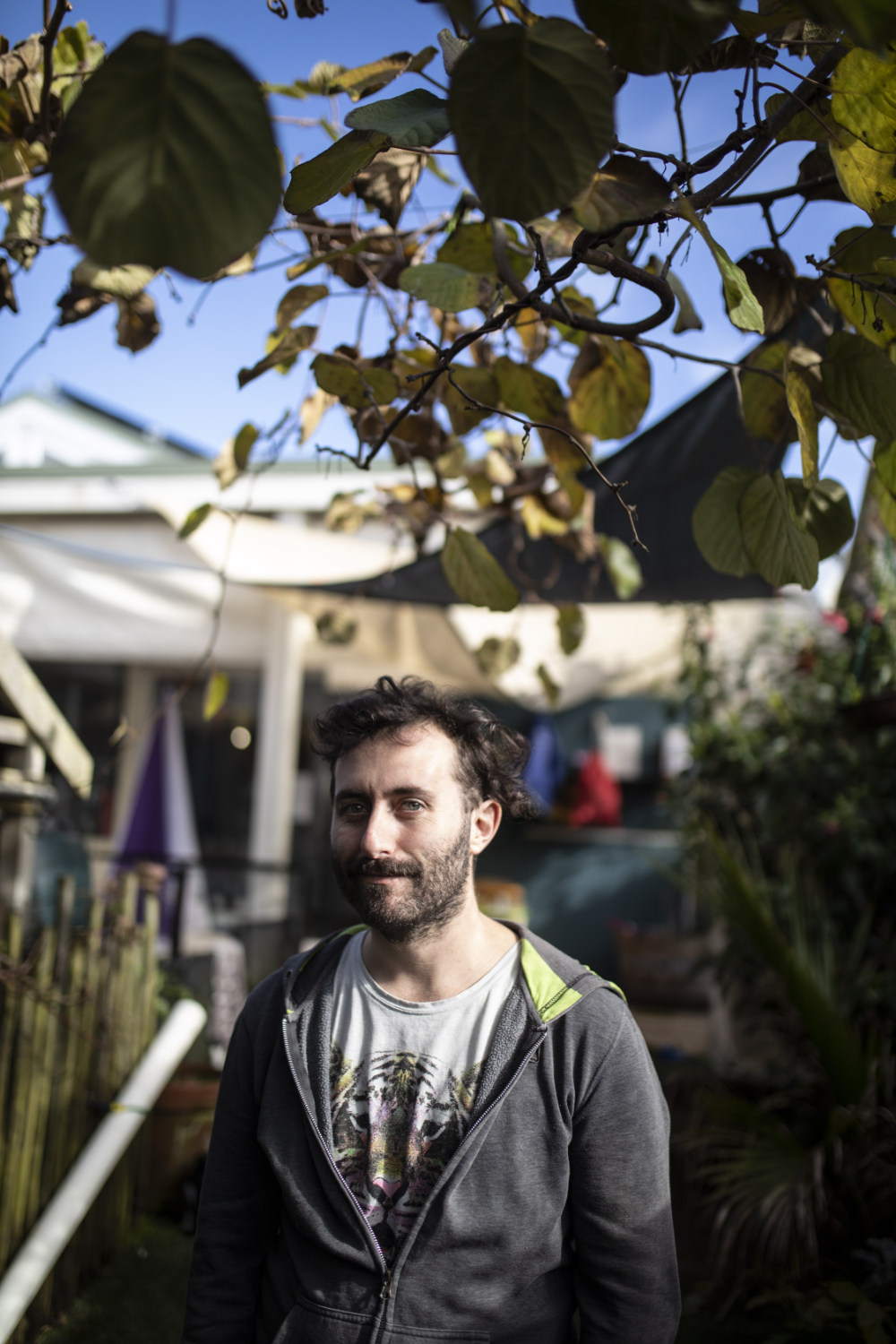
This has led on to McCarthy engaging in “sandpit literacy’’ – using sand as a medium for drawing and letters as he realised that some in the group in the sandpit were not often going inside to the tables with paper and drawing materials.
The programme also examined the language used by adults and engaged the thoughts of children about gender in contexts like book reading.
“In storytelling, for instance, we have seen the way children have begun to look for more female characters and consider their representation. They want strong girl characters,’’ says McCarthy.
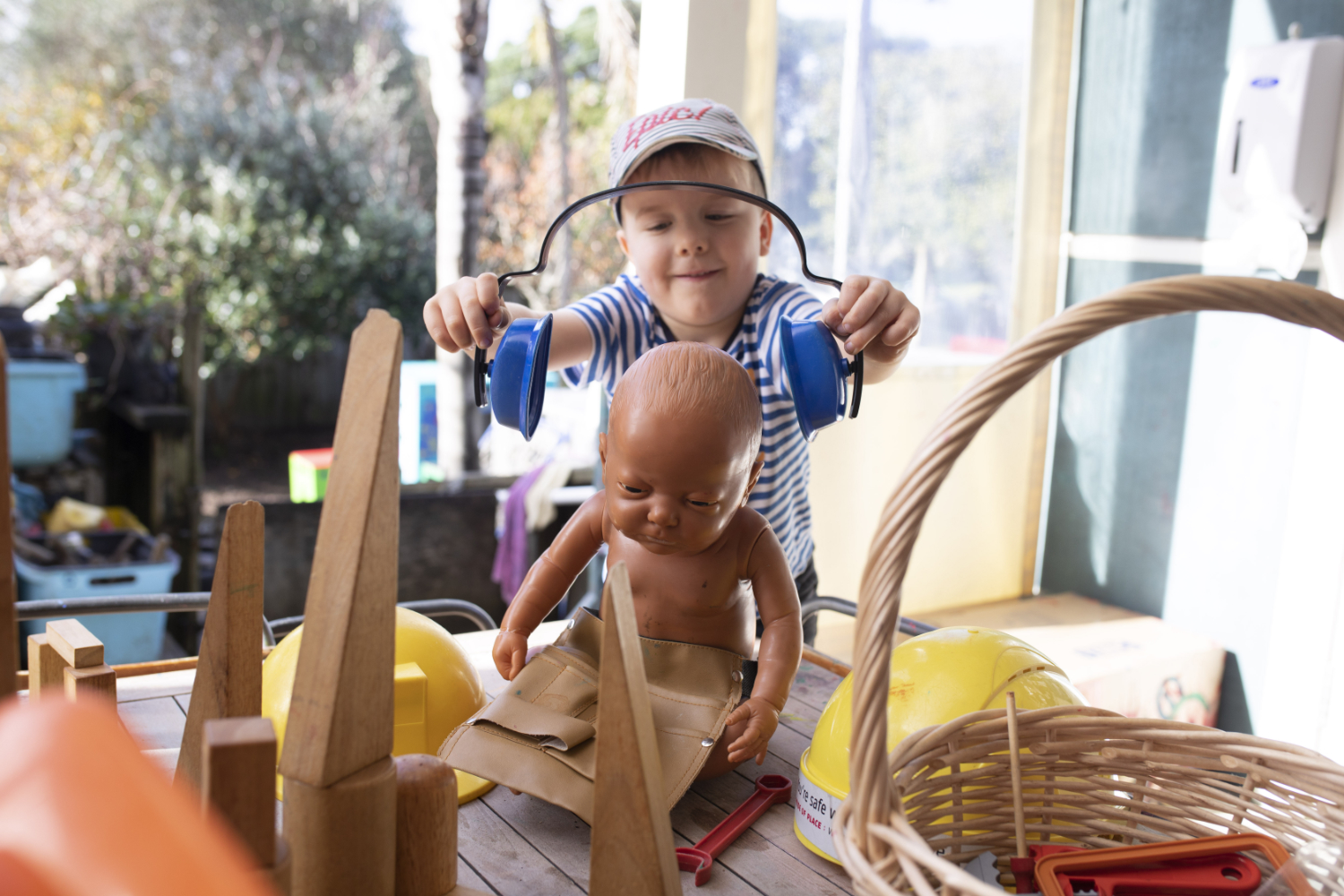
Parents have responded positively and it’s given families the power to examine their own assumptions – and, in turn, to feedback into the cycle of inquiry: all making clear that the original ideas of Te Whāriki, its versatility and responsiveness, are alive and well in the new version.
Resources on gender-neutral teaching practices and strategies.

